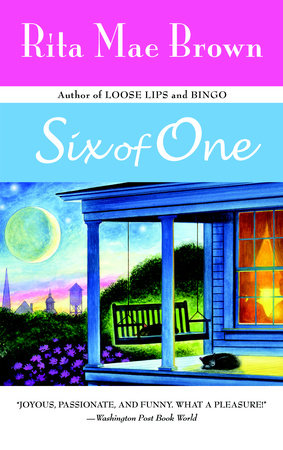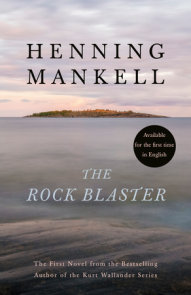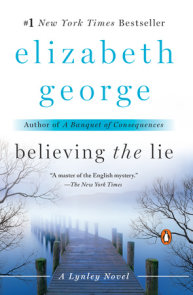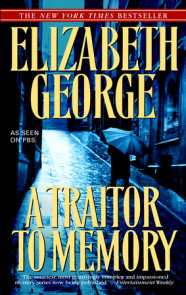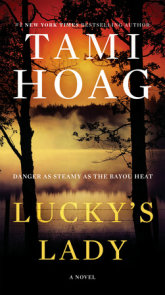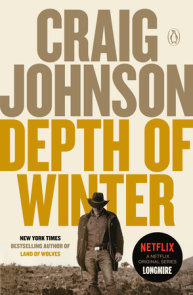READERS GUIDE
The book that launched the fabulous Hunsenmeir trilogy, Six of One is a rollicking ride through the eccentric world of Runnymede, Maryland, where Prohibition and world wars are no match for the headstrong women living there. Meet Louise and Julia (a.k.a. Wheezie and Juts), sisters who never let a day go by without a quarrel but who always manage to find a cause that unites them. Then there is the inimitable Celeste Chalfonte, wealthy and elegant, a crack shot who easily seduces her brother’s beloved Ramelle. Dozens of other quirky characters, from the speakeasy proprietress Fannie Jump Creighton to the underdog housepainter Pearlie, bring this colorful Southern tableau to life. By turns mesmerizing and riotously funny, the antics in Six of One will give your reading group plenty to chat about.The questions and discussion topics that follow are intended to enhance your reading of Rita Mae Brown’s Six of One. We hope they will enrich your experience of this sparkling novel.
Questions and Topics for Discussion
1. What are the main points of contention between Juts and Wheezie? What do the novel’s opening scenes tell you about the dynamics of the Hunsenmeir family? How do the sibling rivalries compare to those in your family?
2. Whose romantic relationships did you envy the most while reading Six of One? What makes for the happiest courtships?
3. What is the source of Celeste’s power–does it come from wealth, courage, or something else altogether? Was Curtis ever any real competition for Ramelle’s heart? What determines whether Celeste will be generous or vengeful?
4. What is Cora’s role in Celeste’s family? How are the classes stratified in Runnymede? Who gains respect, and who is shunned?
5. What does Spottiswood Chalfant Bowman learn from her role models when she is a little girl? To what extent does she experience greater freedom than the older women in her world?
6. What accounts for Louise’s religious fundamentalism? What approaches to religion in general are reflected throughout Runnymede?
7. The title phrase “six of one” is referred to while the children are playing on page 247. How does the title apply to the novel’s assorted populations? In what ways are they essentially the same, though at first they may appear to be unequal?
8. What aspects of history are captured in the characters’ discussions of socialism and unions? How do the Rife family’s operations, such as the cannery and the munitions factory, affect the lives of the citizens of Runnymede?
9. How did the culture of speakeasies such as Fannie’s influence the characters’ lives? Did it make life better on some level to have underground gathering places?
10. In what way do the world wars shape the way the novel unfolds? How did Curtis and Spotty’s experience on the frontlines compare with Extra Billy’s? Was your family history touched by similar stories of war?
11. How did you react to Fairy’s demise? How does her saga with Gunther manage to encompass both profound tragedy and also an air of bittersweet comedy? What are the most absurd aspects of life in the face of horror?
12. What kind of child does Nickle prove to be? How does the story of her babyhood rescue shape the overall story of her life? Does her childhood seem to predict a future as a successful writer?
13. How did you react to the scenes depicting final moments for Celeste, Ramelle, and Cora? What segments of history died with them? How would you define a perfect ending for a charismatic life?
14. Like the characters in this novel, Rita Mae Brown spent much of her childhood in a small town near the Mason-Dixon line. How does the legacy of the Civil War affect towns like these, especially in terms of culture and identity?
15. What stylistic traits of Rita Mae Brown’s writing appear in all of her fiction, including this novel? In what way is the Hunsenmeir trilogy distinct from her other work?









